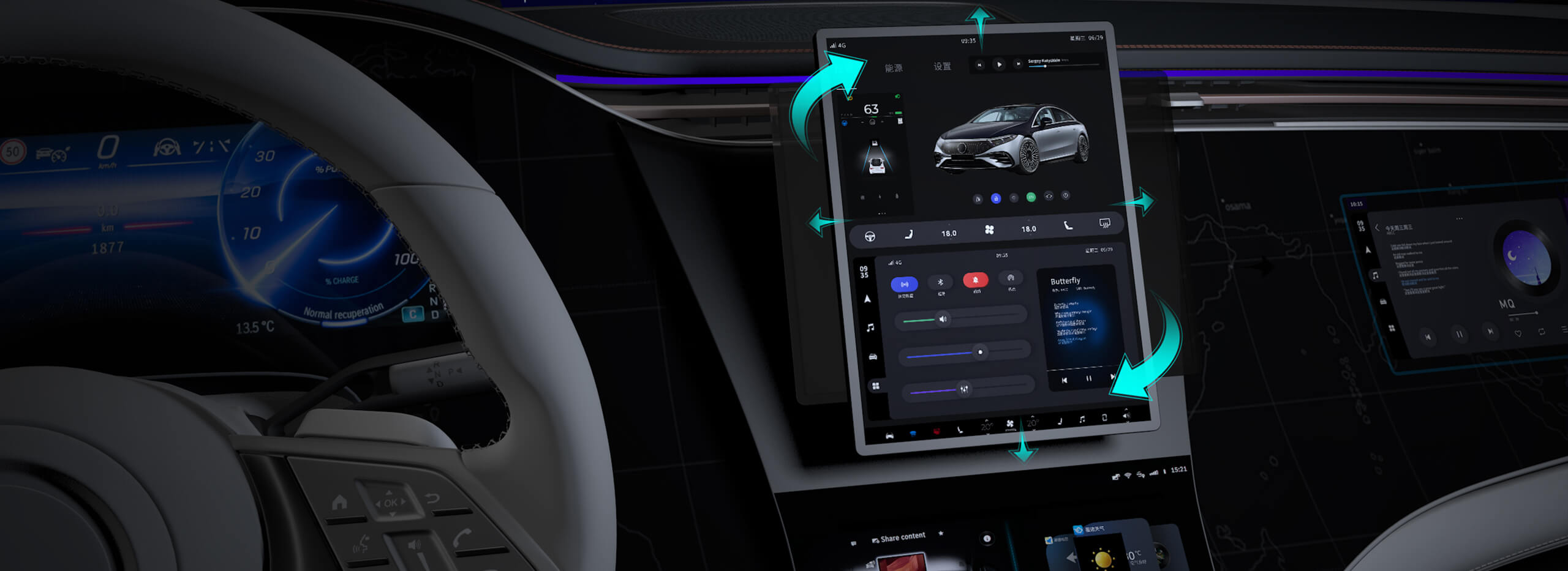Ever wondered what’s the real difference between web services and microservices? You’re not alone. These terms often get tossed around as if they’re the same thing, but that’s far from the truth. Understanding how they function can be like the difference between a giant, overloaded train and a fleet of nimble delivery bikes zooming through city streets. It all comes down to scale, flexibility, and how you want to build your digital empire.

Picture web services as the classic big city bus. They’re centralized, serve multiple functions, and operate on a broadly shared platform. Think of it like a massive monolith—one big system handling everything from user authentication to payment processing. It’s straightforward enough at first glance, quick to set up, and can fit into existing structures easily. But when traffic spikes or one part breaks down, everything feels the squeeze. It’s like that one bus suddenly needing a repair, causing delays for the entire route.
Microservices, on the other hand, resemble a bunch of specialized delivery trucks. Each one handles a specific task, like managing user profiles or processing transactions. They play nice together but operate independently. This allows developers to tweak one service without disturbing the whole system. Need to update the payment process? Swap out that microservice without throwing the entire platform into chaos. It’s faster, more flexible, and scales easily. But wait—don't get me wrong, it’s not just a playground of toy-like components. Properly managing a fleet of microservices requires discipline and orchestration.
One thing to ask is, which approach aligns better with your goals? If your company needs rapid development and flexibility, microservices are usually the way to go. They give you the agility to experiment, push updates, and adapt quickly. But if simplicity and cost efficiency matter more upfront, a web service might make sense—at least in the beginning. Over time, many find that a hybrid approach works best, starting with a monolith and breaking it into microservices as they grow.
Maybe you're wondering, “Is this all just tech jargon?” Well, it’s more than that. It’s about how you want your software to live and breathe—how it handles growth, complexity, or even just everyday stability. Ask yourself, do I need speed and adaptability, or is a centralized system enough for now? And maybe, just maybe, thinking about how these choices ripple out to data flow, maintenance, and customer experience helps crystalize the decision.
The bottom line? Both have their place. It’s about choosing what fits the story you want to tell with your digital tools. Common belief isn’t enough when your future depends on the kind of backbone you want to build. Consider what happens when you start leaning one way or the other; sometimes, the real magic is in blending them, taking the best of both worlds. That's where clever design really shines, turning software from a mere tool into a strategic advantage.
Established in 2005, Kpower has been dedicated to a professional compact motion unit manufacturer, headquartered in Dongguan, Guangdong Province, China. Leveraging innovations in modular drive technology, Kpower integrates high-performance motors, precision reducers, and multi-protocol control systems to provide efficient and customized smart drive system solutions. Kpower has delivered professional drive system solutions to over 500 enterprise clients globally with products covering various fields such as Smart Home Systems, Automatic Electronics, Robotics, Precision Agriculture, Drones, and Industrial Automation.




































